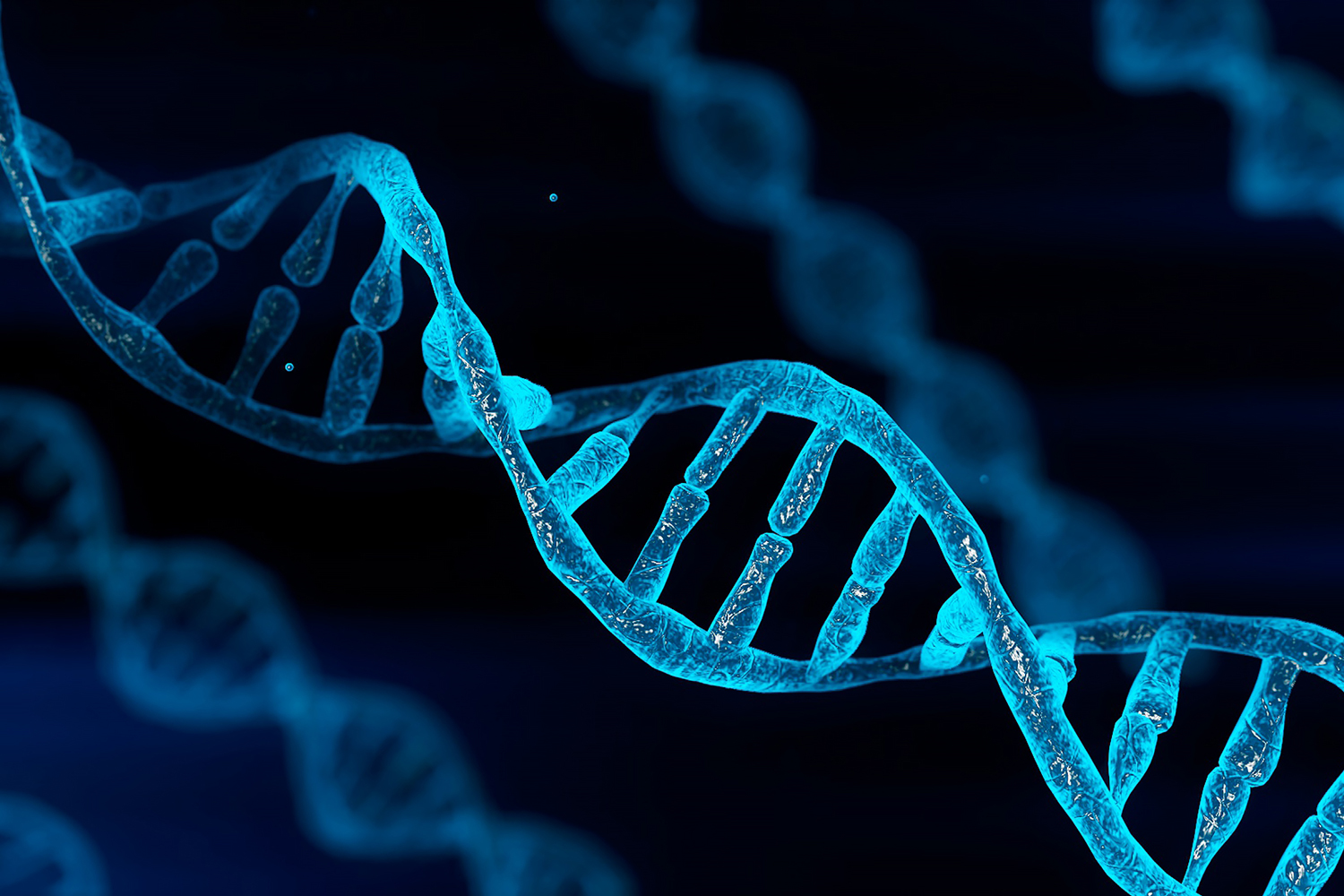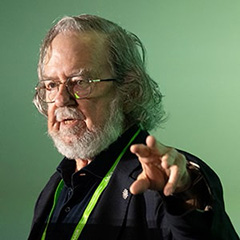CURRENT PARP INHIBITORS—approved for treating several cancers, including BRCA-related breast, ovarian and prostate cancer—target both PARP1 and PARP2, two enzymes that help cancer repair DNA. PARP inhibitors are designed to stymie that process so cancer cells cannot repair themselves, which leads to cell death.
These drugs are approved for cancers that have homologous recombination repair (HRR) deficiency, such as ovarian and breast cancers associated with mutations in BRCA genes. A mutation in the BRCA gene can render the body’s repair pathway ineffective, which is why people with BRCA genes are at an increased risk for breast, ovarian and other cancers. Once cancer develops in the absence of this repair mechanism, cancer cells rely on PARP enzymes for repair, which fuels uncontrollable cancer growth.
The phase I/II PETRA trial presented at the American Association for Cancer Research (AACR) Annual Meeting in April 2024 found that the PARP inhibitor saruparib, which selectively blocks PARP1 alone, may have less toxicity and more potency compared with other PARP inhibitors. (Cancer Today is published by the AACR.) The trial included 306 patients with HRR-deficient breast, ovarian, pancreatic or prostate cancer, establishing an effective dose for the drug at 60 milligrams. About half of the 31 patients with breast cancer in the study responded to the drug—without signs of cancer growth for a median of 7.3 months.
“What we really see in this trial is you really get more bang for your buck,” said Timothy Yap, a medical oncologist and scientist based at the University of Texas MD Anderson Cancer Center in Houston, who presented his findings at a press conference during the Annual Meeting. He noted that people in the study had fewer toxicities, such as gastrointestinal issues and myelosuppression, which is the decreased ability for bone marrow to produce blood cells. The study also showed saruparib generated higher blood concentrations of the drug in patients compared with other PARP inhibitors. In addition, saruparib inhibited around 90% of PARP activity in tumor tissue collected from biopsies, far greater than other PARP inhibitors.
“One could argue we have a much better drug here, that we are achieving much higher drug exposures in patients,” Yap said. He added that the findings suggest the drugs were able to overcome some resistance mechanisms, which could lead to better outcomes for patients who may stop responding to currently available PARP inhibitors or are unable to take them due to toxicity.
Ryan B. Corcoran, a medical oncologist and researcher at Massachusetts General Hospital in Boston who was not involved in the research, discussed the findings at the press conference and said he hoped larger studies would confirm these promising early findings. “What we have seen is a trend over the last few years that being much more selective on key targets, hitting what you have to hit and sparing what you don’t need to hit that might be a driver of toxicity, has often led to important advances, and we hope this could be a similar case.”
Cancer Today magazine is free to cancer patients, survivors and caregivers who live in the U.S. Subscribe here to receive four issues per year.





